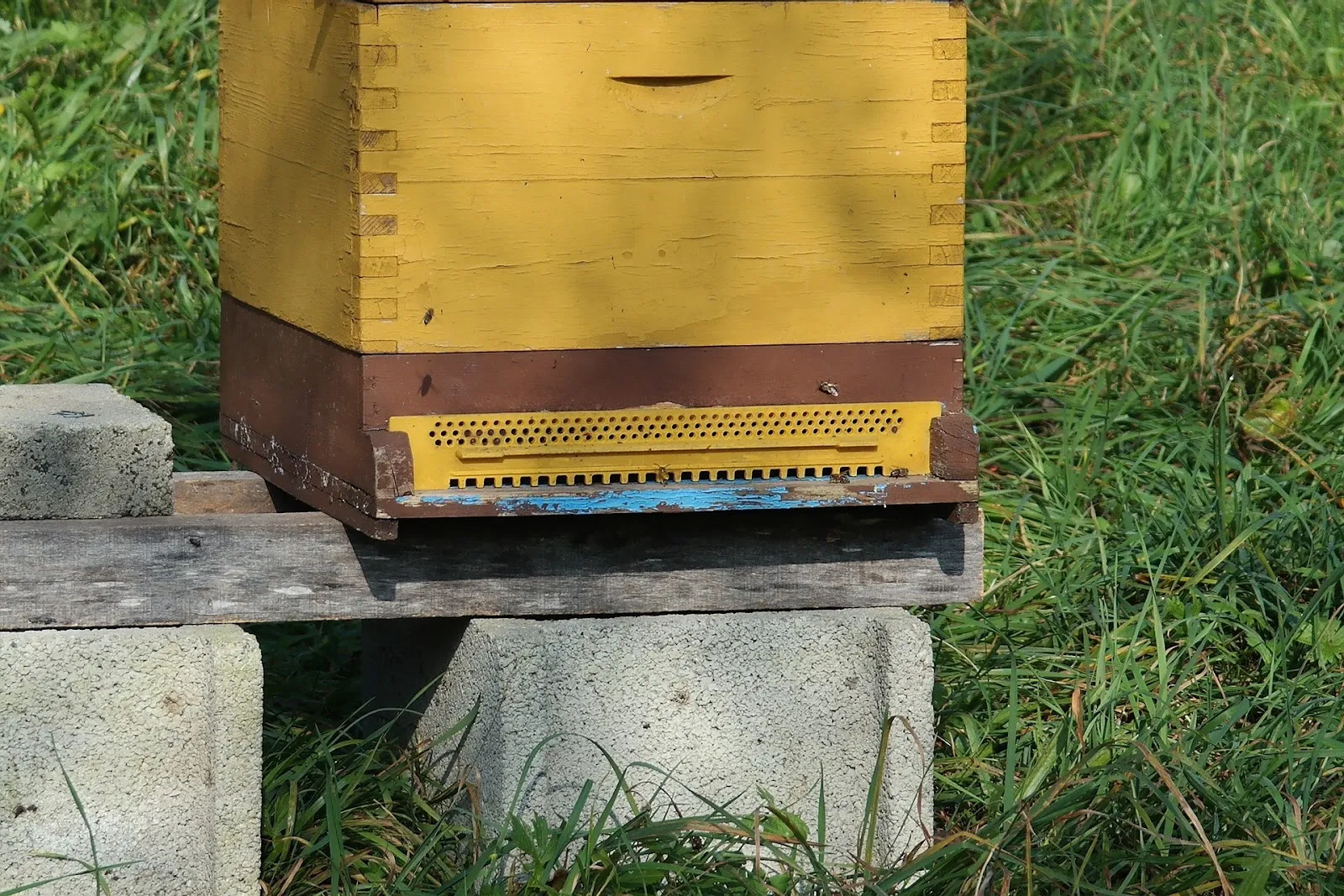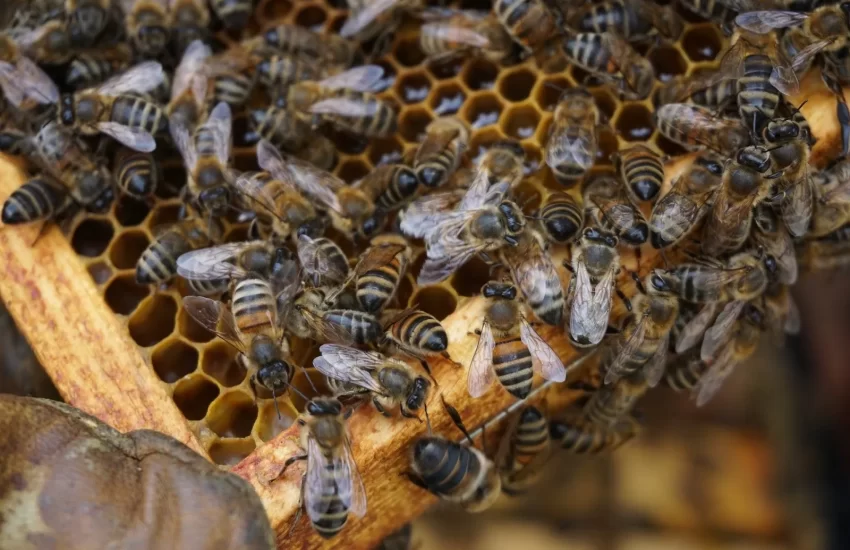What should I put under my bee hives?
Starting an apiary involves making some essential decisions. You need to decide on the bee stock you want, how many hives to start with, the ideal location of the hives, and many more. Though it may seem simple, you must decide what to put under your hives. This is not cast in stone rule. Beekeepers go with what seems best for them. The modern beehives in the market always provide you with a space under the hive and leave you to decide what to put there.
Similar Articles you may like to read –
Do You Need Foundation on bee frames?
What time of day do you install a nuc of bees?
How can I start my own bee colony?
How high should beehives be off the ground?
What should I put under my bee hives?
Most beekeepers use hive stands under their beehives. A hive stand keeps your hive off the damp ground, which prolongs its life. Some of the materials beekeepers use for hive stands include paving stones, cinder blocks, old rubber roofing, etc. You can also buy a hive stand( wooden or metal stans) from beekeeping supplies companies. Lifting the hive off-ground also protects your bees from predators such as skunks.
You should ensure the ground around your beehives is sturdy and level since they get very heavy with time. Again more boxes are added on top of Langstroth hives, making them heavier. An unleveled ground may cause your bee colony to topple over, which can be disastrous. An elevated hive makes it easier for the beekeeper when lifting the heavy hive boxes full of honey and comb. You can make your hive more stable by cementing the pavers under the legs of a hive stand. A marshy or soggy ground will make the hive sink into the ground. In urban settings, some beekeepers use their hives on rooftops.
Can you have grass or vegetation under your hives?
It is advisable for the ground under the beehives to be vegetation or weed-free. If there is grown grass, ensure it is cut short. Weeds and grass at the base of the hive act as an easy path for ants and pests to your colony. Again damp vegetation under or around your hive is a breeding ground for the small hive beetle, a significant pest in honey bee colonies. Beekeepers may use carpet remnants, mulch, plastic garden fabric, gravel, or dry wood chips to keep the ground around the hive weed free. Others prefer to spray to kill the grass and weeds.
Can you place a beehive or a valley?
Putting a beehive in a valley is not a good idea for the beekeeper. This is because cold air usually settles in valleys. The hive may get too cold for the bees to survive. On the other hand, a hilly location may cause an upward wind draft into the hive. This can make it frosty, especially in winter. Such unfavorable conditions for the bees usually cause colonies to abscond a hive to look for a better home. If a hive is in a hilly or valley area, it will also be hard for a beekeeper to carry boxes to and from the apiary.
More articles you may like to read –
Where should I put my beehive in my yard?
How close to a fence can you put a beehive?
What is the best bee hive design?
Which direction should beehives face?
Which is the best way to position your hive?
A beehive entrance should face the South, East, or southeast direction for the bees to enjoy the early morning sun. This warms them up early, and they leave the hive early for foraging. An afternoon shade is necessary, especially in places that have hot summers. On the other hand, too much shade can create a damp hive.




